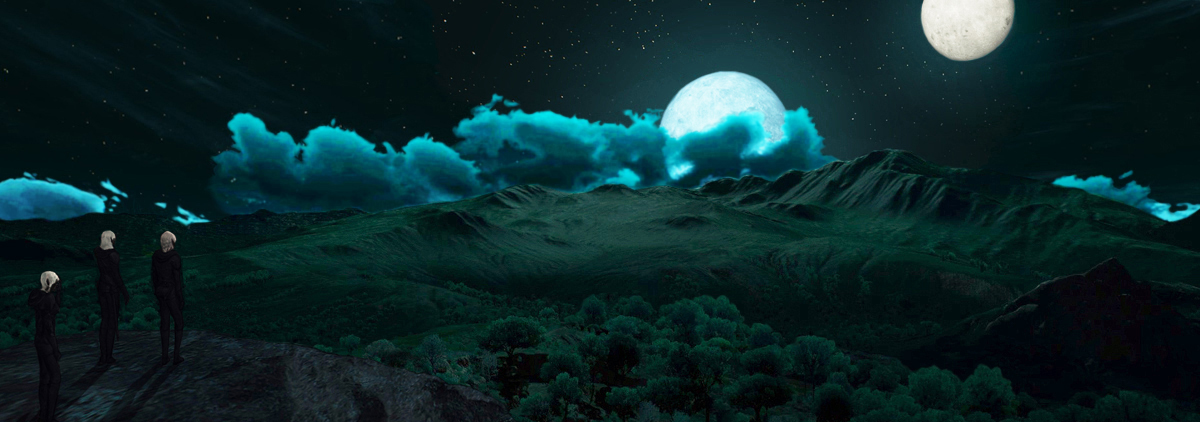Bane Wasps
Bane Wasps set up hives primarily along the coast of the Black Sea (see: Wylan, Lokrathen. It is one of the more aggressive and voracious predators of the Greylands and resembles the common wasp of Miurag if it were black, white, and red ... and the size of a horse.
Despite living in colonies as a social species, Bane Wasps do not have a queen/worker hierarchy. Instead, each is a fully functioning hermaphrodite capable of laying eggs to reproduce. This wouldn't justify their horrific reputation if Bane Wasp weren't parasitoids with fertile eggs being deposited inside prey which the hatching larvae later consume. The incubation time varies from days to weeks though there are precious few studies on the matter as escaping the hive usually requires the extermination of all Wasp in and around the lair.
Bane Wasp venom is a strong paralytic by nature, shutting down the motor function of most creatures quickly. A Bane Wasp will sting and take their prey back to the hive to either be consumed or to be used as an incubator and then consumed. If the prey dies in the struggle or is too large to carry, a Bane Wasp will feed immediately or take only back what it can carry.
This territorial species will attack anything large in their area; there are few things that a pack of Bane Wasp won't attempt to take down and haul back to the nest. Fewer still will make them retreat. The chemical signals that Bane Wasp emit while attacking tend to ward off most rivals and scavengers. Fire and smoke tends to keep them somewhat at bay, possibly due to smoke interfering with the chemical receptors of Bane Wasps and causing confusion among them.
While Bane Wasps may seek to pick off prey on or near the "Moving Groves" (see: Gebharik ), they have never been sighted directly attacking the massive creatures. Most theorize that Forestbacks do not register as creatures to the massive insects but simply as part of the landscape. Counterintuitively, there have been sightings of Bane Wasps seemingly attacking the exposed flanks of a Lokrathen as a meal.
Although nests seem to be set strictly along coastal waters, most of the hunting of Bane Wasps is inland; very few times are they spotted over the open water. While the coasts of the Black Sea are not ideal hunting grounds, they offer a range of caves and crevices suitable to build upon to protect and raise offsping.
Bane Wasps do not like rival hives and will attack them should they become aware of each other. It is believed that some unique chemical signature defines from what hive a Bane Wasp comes from as there's no difference to the naked eye. It is notable that Bane Wasp venom does not work on other Bane Wasps. When hives clash it is too the death with carcasses being consumed by the victors.
The toxic waters of the Black Sea have potential to be an important building material that Bane Wasps can process and turn into a nesting material. Some other scholars theorize it may also be important to the first molting and development of Bane Wasp larvae into their adult form. The chitinous shells are one of the hardest and most durable materials to be found easily in the Greylands. However, harvesting it is problematic to say the least. Greylords with Bane Wasps in their territory will set up regular purges and hunts to keep the population manageable. These purges are primarily what help feed the market for Bane Wasp chitin.
Attempts to 'domesticate' Bane Wasp to harvest their venom or chitin have all failed. Using them as air cavalry like the Roh’ghast have also met with failure, though there have been a few strange tales every now and then about strange savage tribes that have entered some sort of symbiosis. However, if such isolated incidents were true, it seems unlikely that they have survived in that delicate balance long enough to become more noteworthy.This species features in Tales of Miurag: Death.


